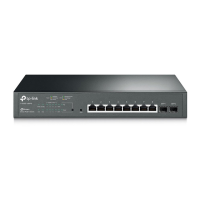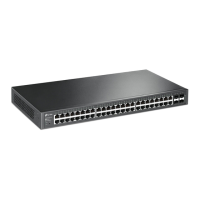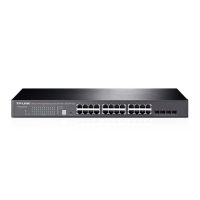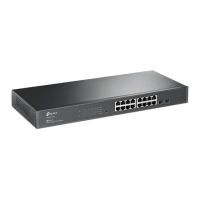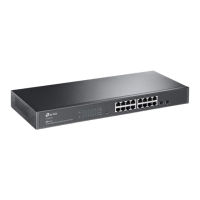Configuring QoS QoS
Configuration Guide
421
1
QoS
1.1 Overview
With network scale expanding and applications developing, internet traffic is dramatically
increased, thus resulting in network congestion, packet drops and long transmission delay.
Typically, networks treat all traffic equally on FIFO (First In First Out) delivery basis, but
nowadays many special applications like VoD, video conferences, VoIP, etc, require more
bandwidth or shorter transmission delay to guarantee the performance.
With QoS (Quality of Service) technology, you can classify and prioritize network traffic to
provide differentiated services to certain types of traffic.
1.2 Supported Features
You can configure the class of service, bandwidth control, Voice VLAN and Auto VoIP
features on the switch to maximize the network performance and bandwidth utilization.
Class of Service
The switch classifies the ingress packets, maps the packets to different priority queues
and then forwards the packets according to specified scheduler settings to implement
QoS function.
Priority Mode: Three modes are supported, Port Priority, 802.1p Priority and DSCP
Priority.
Scheduler Mode: Two scheduler types are supported, Strict and Weighted.
Bandwidth Control
Bandwidth Control functions to control the traffic rate and traffic threshold on each port to
ensure network performance.
Rate limit functions to limit the ingress/egress traffic rate on each port. In this way, the
network bandwidth can be reasonably distributed and utilized.
Storm Control function allows the switch to monitor broadcast packets, multicast
packets and UL-frames (Unknown unicast frames) in the network. If the transmission
rate of the packets exceeds the set rate, the packets will be automatically discarded to
avoid network broadcast storm.
Voice VLAN and Auto VoIP
The voice VLAN and Auto VoIP features are used to prioritize the transmission of voice
traffic. Voice traffic is typically more time-sensitive than data traffic, and the voice quality

